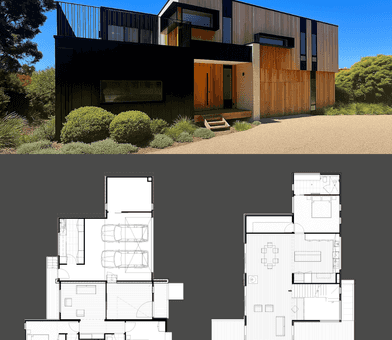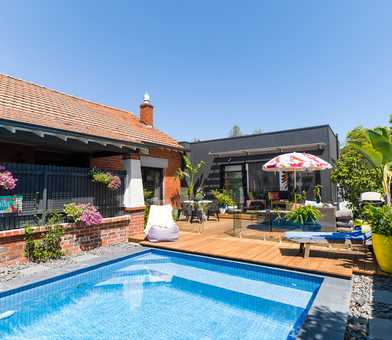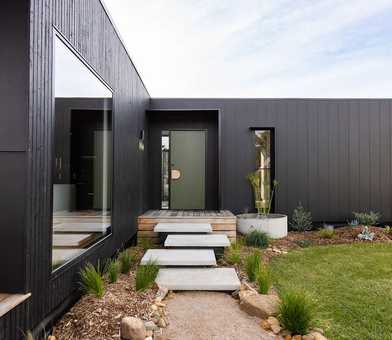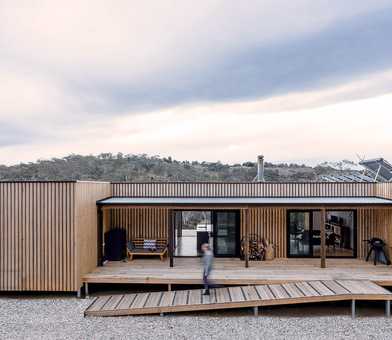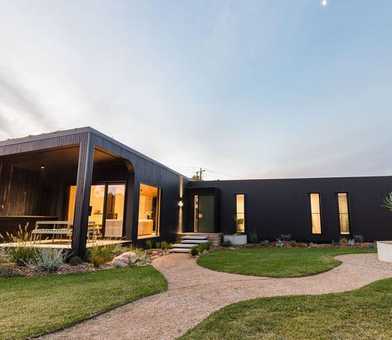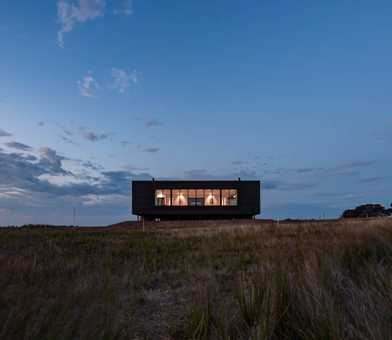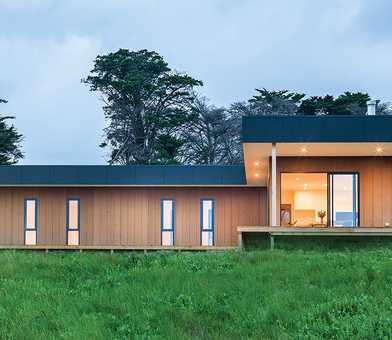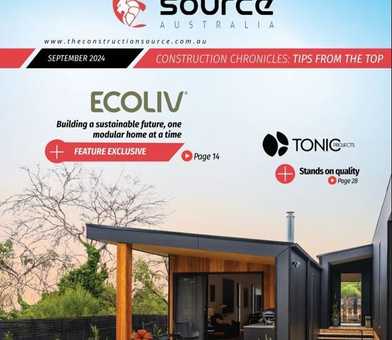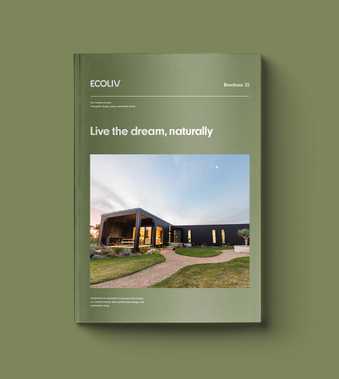Australia’s climate is diverse, from tropical areas to the north, scorching heat of the outback in central regions and temperate cool climates to the south. To maintain a comfortable and energy-efficient home in such varied conditions, sealing and ventilation plays a pivotal role. In this article, we will explore the significance of appropriate sealing for homes in the Australian climate, emphasising its impact on energy efficiency and overall thermal comfort.
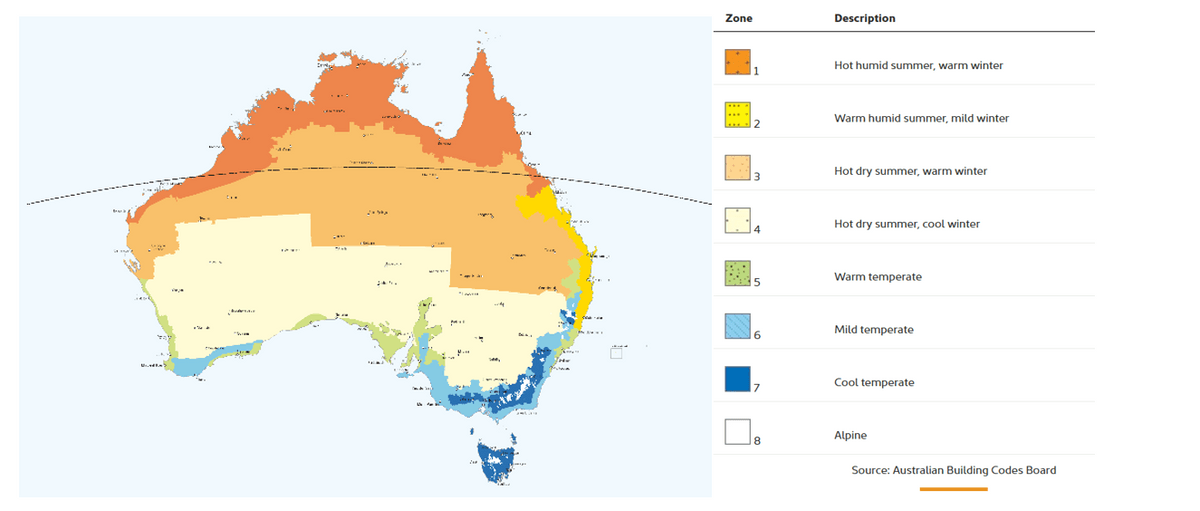
The Importance of Home Sealing and Energy Efficiency
Australia's climate extremes mean that homes need to maintain a consistent temperature to be energy-efficient. Proper sealing prevents air leakage, reducing the need for heating and cooling systems. This results in significant energy savings and lower utility bills.
Sealing your home from drafts and air leakage is one of the simplest and most cost-effective ways to control indoor temperatures and can reduce bills by up to 30% which is important given the rising cost of living.
Sealing also helps create a comfortable indoor environment by minimising drafts, temperature fluctuations, and humidity levels. It ensures that your home remains cozy during chilly winters and pleasantly cool in the scorching summer heat.
Sealing the Building Envelope
Breathable wraps allow moisture to escape, preventing condensation and mould growth while keeping the home airtight. After installing insulation to internal walls, the wrap creates a continuous seal around the insulation before installing plasterboard lining.
Once the airtight vapour barrier is in place, it is sealed with tape, seals, and glue, especially where pipes or cables penetrate.
Blower Door Testing
A blower door test is a diagnostic tool used to measure the airtightness of a building. It helps identify areas where air leakage is occurring, allowing homeowners to address these issues effectively. The test sucks the air out of the house drawing in outside air through leakage points to identify air that is entering or escaping from the home.
Our Yea project recently featured in Sustainability Victoria’s 7 Star Homes program. The home was blower-door tested to determine the air leakage rate. The home passed the blower door test with an air-permeability ranges from 3.3 to 4.8 m3/m2.hr, which is well below the requirements of the National Construction Code.
If the homes had an air-permeability below 3 m3/m2.hr, then mechanical heat recovery ventilation would have been recommended, to ensure adequate fresh air is available to occupants.
Read the full case study here.
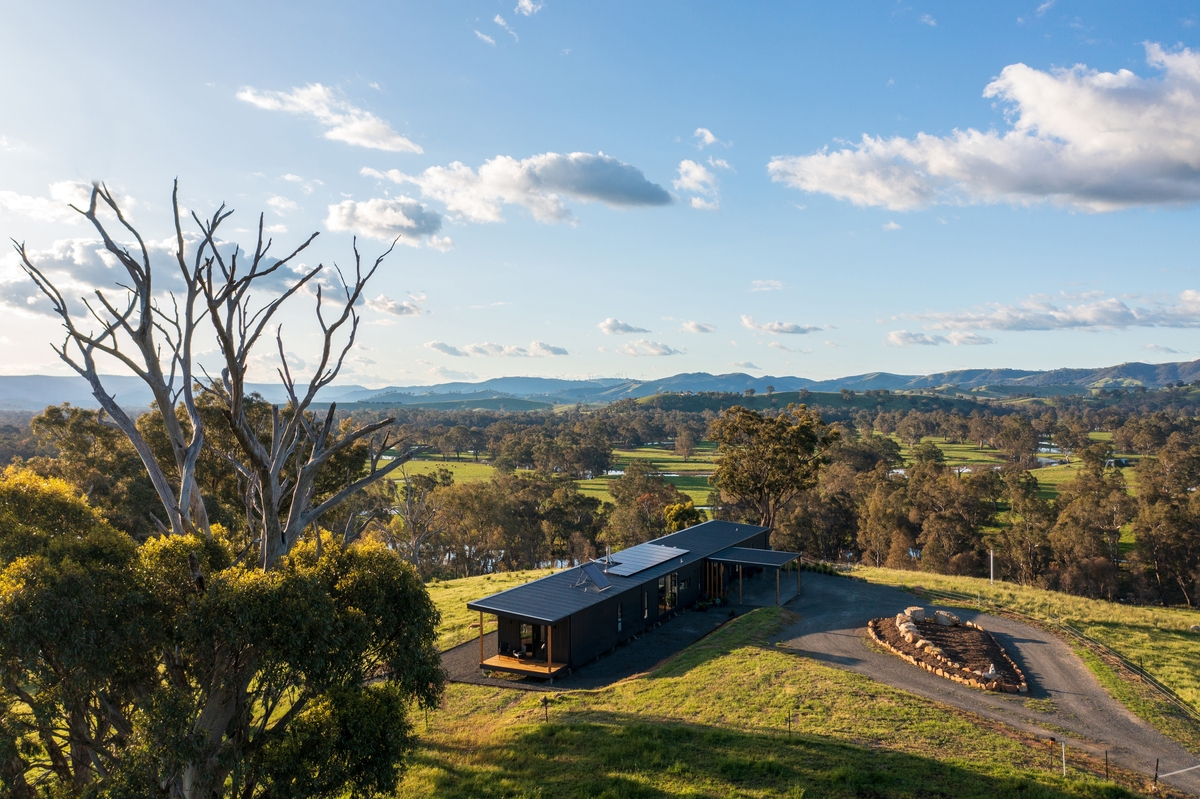
Balancing Airtightness and Ventilation
It is important to strike a balance between ventilation and airtightness.
While airtightness is critical for energy efficiency, too much airtightness without proper ventilation can lead to problems like condensation, mould, and high levels of indoor carbon dioxide.
A combination of air sealing and ventilation will create a healthier indoor environment by removing warmer, humid air and replacing it with cooler, drier air.
Airtightness
Energy Efficiency: Airtightness is a key factor in energy efficiency. When a home is airtight, it reduces the infiltration of cold or hot outdoor air, which can account for a significant portion of heating and cooling energy loss. This translates to lower energy bills and reduced environmental impact.
Thermal Comfort: An airtight home maintains a more stable indoor temperature, reducing drafts and cold spots. This means occupants are more comfortable throughout the year, regardless of external weather conditions.
Moisture Control: Airtightness helps prevent moisture-laden outdoor air from entering the building envelope, reducing the risk of condensation and moisture-related issues such as mould growth and rot.
Noise Reduction: Airtight homes also tend to be quieter, as they block the entry of external noise. This contributes to a more peaceful and relaxing living environment.
Ventilation
Ventilation is the intentional introduction of outdoor air into a building. All homes require ventilation to maintain good indoor air quality. It increases oxygen levels and dilutes and displaces carbon dioxide and airborne pollutants. It can also be used to increase thermal comfort and reduce humidity. There are three main ways to ventilate your home:
Open windows: The easiest and most cost-effective way to ventilate your home is to open it up when the outside temperature is comfortable. Cool down your home in summer by opening doors and windows at opposite sides of your house rather than turning artificial heating/cooling on.
Design for cross-ventilation: By positioning windows for cross-ventilation from front to back, and between each side of the house. During hot summer days, cross-ventilation will allow you to take advantage of the cooling southerly breezes.
Mechanical ventilation: Mechanical ventilation technology ensures that your home receives a constant flow of clean, cool air to replace stale, warm and humid air.
In the diverse climate of Australia, appropriate home sealing and ventilation is paramount for energy efficiency and comfort. Utilising techniques like sealing the home coupled with ventilation can make a significant difference to creating sustainable and comfortable homes in Australia's challenging climate.
